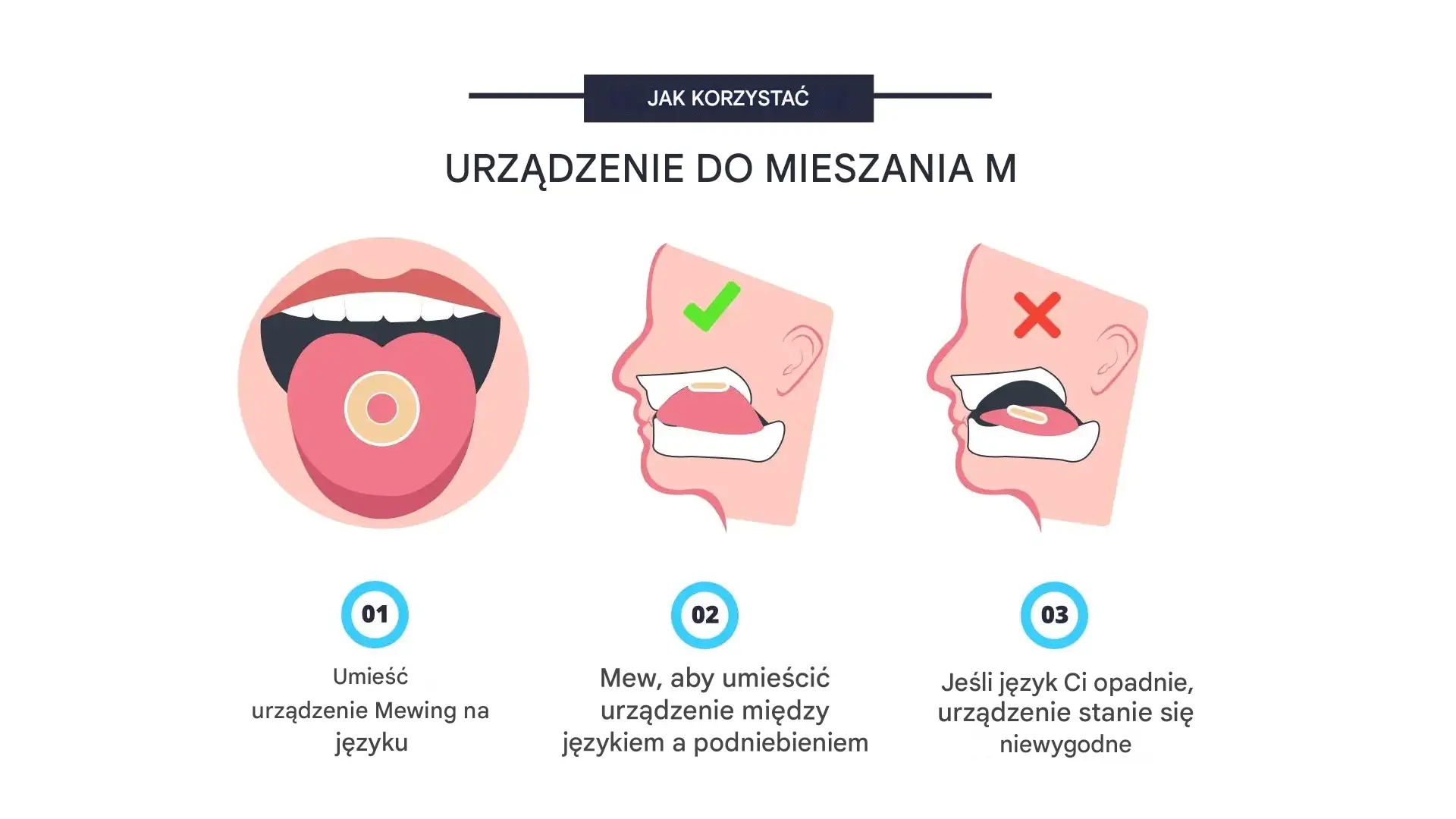The Truth About Mewing: Can It Really Change the Shape of Your Jaw?
-
PepEurope
- Posted on
- 0 comments

Mewing has become a viral trend on social media. Many claim that this technique can define the jawline and even straighten teeth. But does this tongue exercise actually work, or is it just another internet fad? Let's look at the science and separate the myth from the reality.
What is mewing?
Mewing is a technique that involves positioning the tongue in a specific way to supposedly improve facial structure over time. It was developed in the 1970s by orthodontist Dr. John Mew, who believed it could correct misalignments of the teeth, jaw and sinuses, as well as improve breathing and speech problems.
Nowadays, however, mewing has become popular mainly for aesthetic reasons – many people believe that it can improve the shape of the face and emphasize the jawline.
How to do mewing?
The basic steps of mewing include:
- Place the tip of the tongue on the palate, just behind the front teeth.
- Closing the mouth and slightly pressing the teeth together.
- Flattening of the entire tongue against the palate and tension of the jaw muscles.
- Maintain this position for a few seconds and repeat it several times a day.
Sema Beauty & Slim (weight control / healthy skin)
Sema Metabolic Boost (Appetite / Metabolism / Energy)
Metabolic Boost Duo (Appetite Suppression / Energy / Metabolism)
Sleep and Slim Pack (weight control / sleep regeneration)
Does mewing really work?
Despite its growing popularity, there is no scientific evidence to support the effectiveness of mewing. Studies do not show that this technique can change the shape of the face or correct dental problems. What's more, Dr. John Mew lost his orthodontic license due to the use of unconventional methods, including mewing.
The main reason mewing is ineffective is that simple tongue exercises do not exert enough force to significantly affect bone structure. Unlike braces or medical procedures, mewing does not offer precise and measurable effects.
Risks and potential side effects
While mewing may seem harmless, it can lead to undesirable effects such as:
- Jaw tension and temporomandibular joint (TMJ) problems – constantly keeping the tongue in an unnatural position can cause pain and tension in the jaw area.
- Deterioration of tooth position – in some cases, improper tongue positioning can lead to unwanted tooth movement, especially in children and adolescents.
Tirz Active Formula 10 mg (GLP-1 + GIP)
CARGI 10mg (GIP)
Effective Alternatives to Improving Your Jawline
If you want real results, it's worth considering proven methods such as:
- Orthodontic treatment – braces, Invisalign and other dental solutions effectively correct the position of the teeth and improve the position of the jaw.
- Cosmetic treatments – fillers, facial contouring and jaw implants provide quick and noticeable results.
- Natural methods – a healthy diet, facial exercises, and maintaining proper posture can go some way to improving the appearance of the jawline.
Summary
Mewing may seem like a simple way to improve your facial appearance, but there is no evidence to support its effectiveness. Instead of following social media trends, it is worth consulting a professional, such as a dentist or orthodontist, to find safe and effective solutions tailored to your individual needs.













